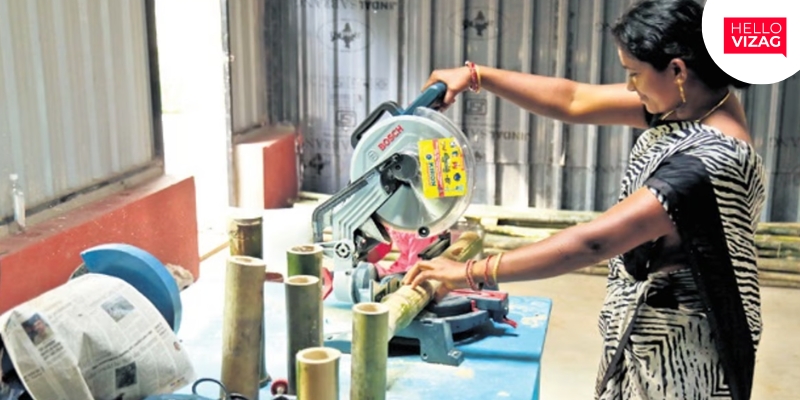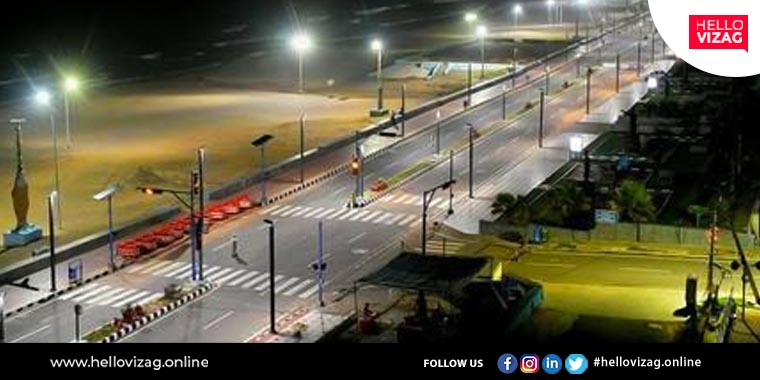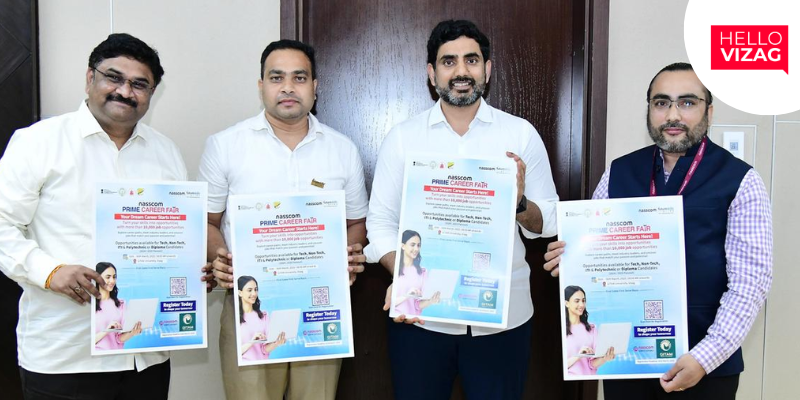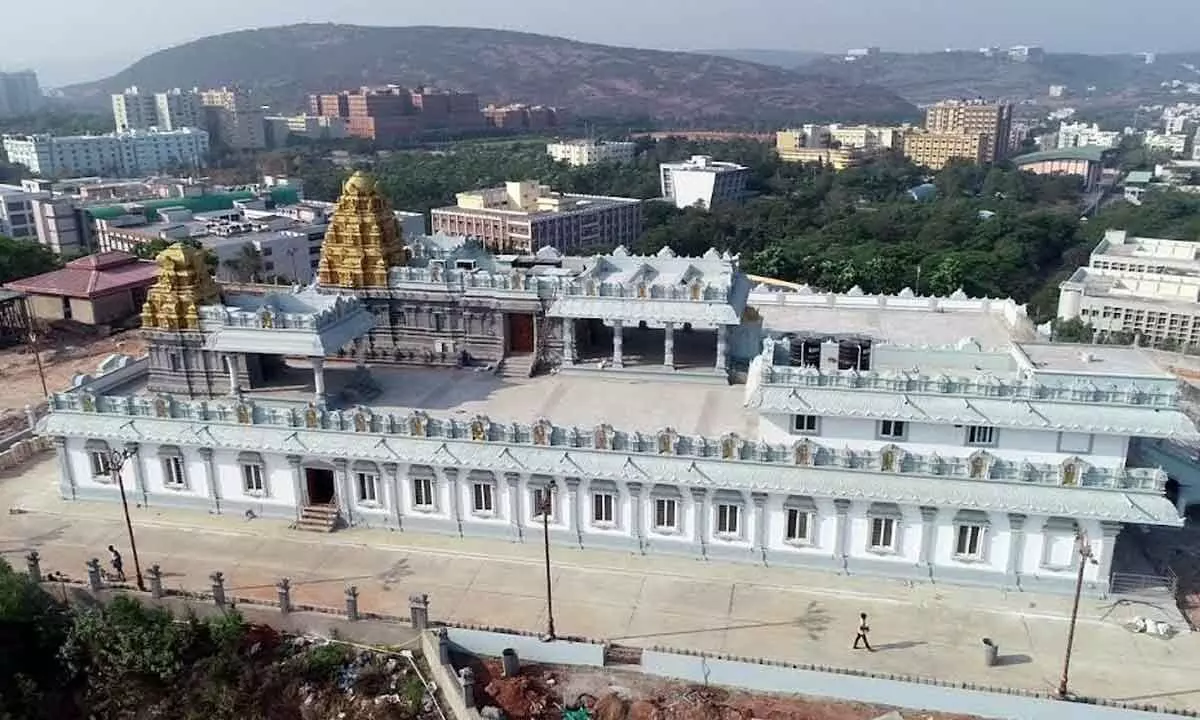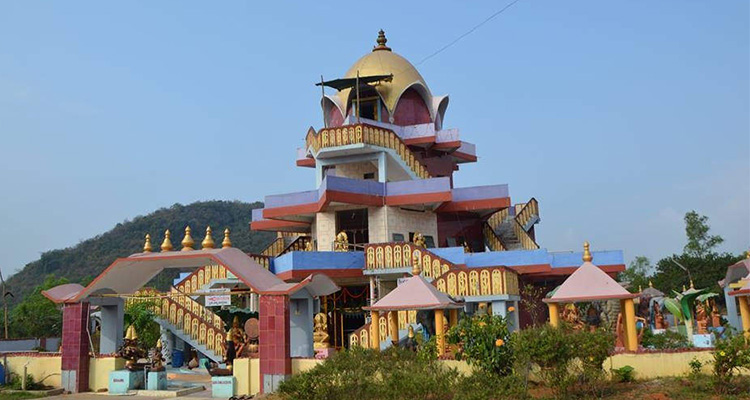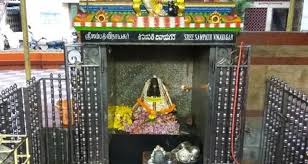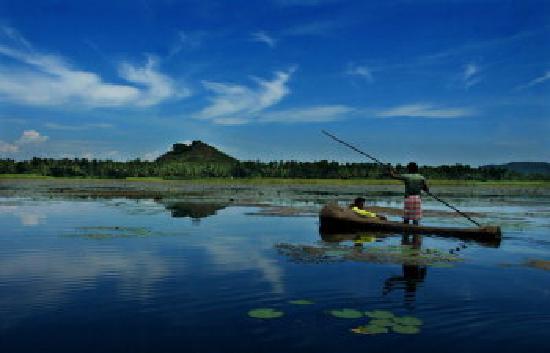Exploring Treasures of the Eastern Ghats at Visakhapatnam's Biodiversity Centre
Visakhapatnam: Nestled within the lush Kambalakonda Reserve Forests, the Eastern Ghats Biodiversity Centre in Visakhapatnam offers a unique window into the rich and diverse ecosystem of the Eastern Ghats.
This mountain range, which stretches through Odisha, Andhra Pradesh, Tamil Nadu, and parts of Karnataka and Telangana, is home to a wealth of flora and fauna that, despite its ecological significance, often remains overshadowed by the more renowned Western Ghats.
Spanning 30 acres, the Eastern Ghats Biodiversity Centre has evolved from a modest nursery into a vibrant hub of ecological education and preservation, thanks to the efforts of the Visakhapatnam Forest Department.
The project was conceptualized by Vizag DFO Anant Shankar, Sub DFO Dharmar Akshith, and FRO Ram Naresh, and is managed by Kambalakonda Wildlife Sanctuary project officer Yagnapathy Adari and marine biologist Sri Chakra Pranav.
A key highlight of the centre is the Nature Information Centre, aptly described as a ‘walking library’. This facility offers an immersive educational experience, featuring detailed maps, educational panels, and creative art displays that showcase the natural wonders of the Eastern Ghats.
Visitors can explore diverse sections dedicated to wetlands, marine life, butterfly species, and more, with information available in both English and Telugu.
The ground floor of the Nature Information Centre is particularly notable for its displays on four endangered species of the Eastern Ghats: the Indian pangolin, Mysore slender loris, Jerdon's courser, and Jeypore ground gecko. Another captivating exhibit is a replica of a mangrove ecosystem, highlighting the vital role mangroves play in protecting the Andhra Pradesh coast from storms and cyclones.
For those interested in forest ecosystems, the centre also offers a section dedicated to the forests of the Kambalakonda Wildlife Sanctuary, complete with a small cave exhibit that simulates subterranean environments. This exhibit demonstrates the survival strategies of cave-dwelling species in light-deprived habitats.
Adding to its educational mission, the centre includes a forest produce processing unit that empowers tribal women from Visakhapatnam's only tribal village, Sambhuvanipalem. This unit transforms raw materials into eco-friendly products, such as plant pots, pottery, bamboo crafts, natural dye art, and Dhokra art, creating sustainable art, jewellery, bags, and other items.
The Visakhapatnam Forest Division has partnered with Amazon India under the Karigar programme to enhance the visibility and revenue of these forest products crafted by tribal artisans. Additionally, Kamal Welfare Foundation has contributed by donating machines to the unit.
Another must-see feature is the centre’s orchidarium, the first of its kind in Andhra Pradesh. This scientifically designed facility showcases a vibrant ecosystem of orchids within an enclosed dome structure featuring an automated mist chamber. Visitors can marvel at various orchid species native to the Eastern Ghats, including the Cooktown orchid, Moon orchid, Dancing lady orchid, and several varieties of Vanda orchids.
In addition to its educational and conservational efforts, the centre is actively involved in raising plants from seeds collected from the forests of neighbouring districts. These plants are either distributed to the public or used for plantation purposes, contributing to the conservation of native plant species.
The Eastern Ghats Biodiversity Centre stands as a beacon of ecological awareness and conservation, offering a comprehensive and engaging experience that underscores the importance of preserving the unique biodiversity of the Eastern Ghats.
For More Updates: Follow Us https://www.instagram.com/hellovizag.in/

 Team Hello Vizag
Team Hello Vizag
